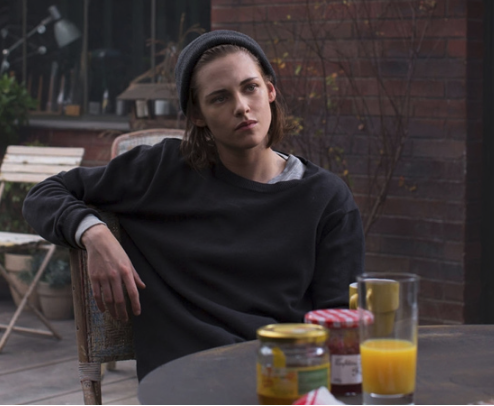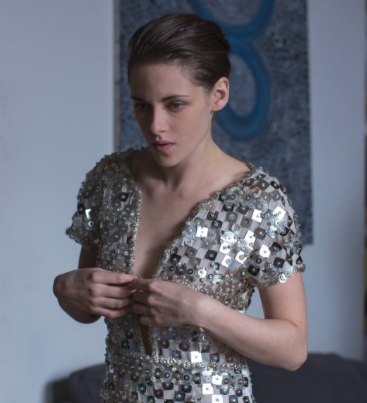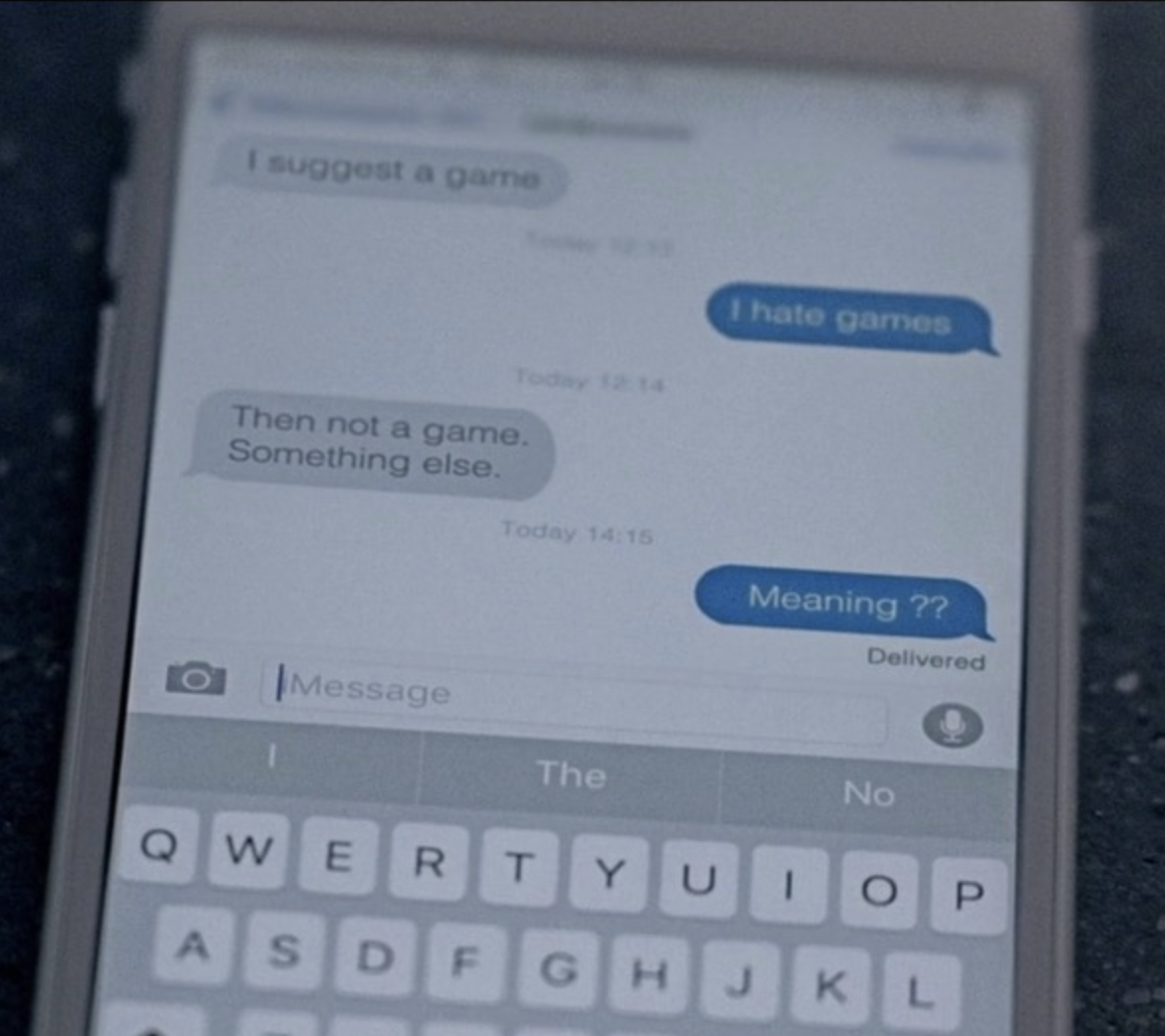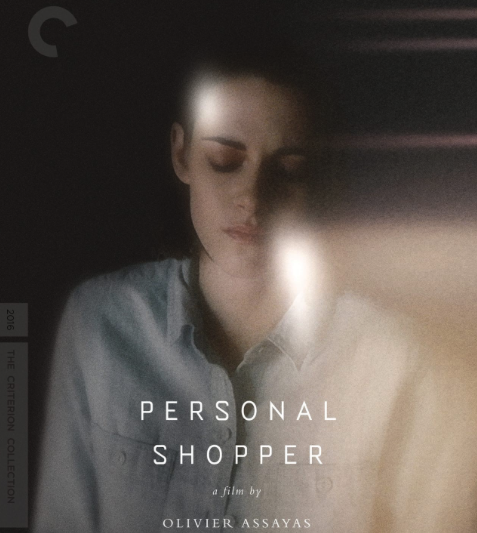Personal Shopper | Observations
Last night, I watched the film Personal Shopper, which stars Kristen Stewart and was directed by Olivier Assayas. Here is the film’s description on Criterion.
With this intimate supernatural drama, the celebrated French filmmaker Olivier Assayas conjures a melancholy ghost story set in the world of celebrity and haute couture. […] this evocative character study tells the story of a young fashion assistant and spiritual medium who is living in Paris and searching for signs of an afterlife following the sudden death of her twin brother. A stirring depiction of grief in the form of a psychological thriller, Personal Shopper—which won Assayas the best director award at Cannes—is a chilling meditation on modern modes of communication and the way we mourn those we love.
Something I liked about the film is how it was more than one thing, how it was a bunch of overlapping stories. I like this because it is how life is structured —people exist at the intersection of multiple simultaneously unfolding situations. We see this in the film, which shows us Maureen’s (played by Stewart) life as a specialized but narrowly focused and thus precarious worker, as a romantic partner existing as one half of a long-distance relationship, as someone who is engaging in a transgressive but unconsummated sort of flirtation through text messages, as a patient in the medical industrial system, and as someone who is mourning and make sense of the sudden death of her twin brother.
I think seeing someone within these multiple contexts is something everyone can relate to because we all experience our own version of the complex interconnectedness of the discrete parts of our personal and professional lives.
Style
Out of all the narratives/situations in the film, the one that was the most interesting to me was how proximity to a socio-economic world that Maureen did not belong to affected (disrupted) her desire, style, and sense of self.
Here is the description of the film from a New Yorker review of the film.
Maureen’s own sense of style is spare and simple—baggy sweaters, Lacoste shirts, nondescript pants, no jewelry—but she’s entrusted with the connoisseur-like selection of the highest and finest of high-fashion finery and jewelry. Her real interest appears to be art—she spends hours with a sketch pad and a dip pen, making elaborately classical architectural drawings—but she doesn’t express much in the way of ambition. She freely expresses—as on Skype, to her boyfriend, Gary (Ty Olwin), a computer-security consultant on a job in Oman—her distaste for her job, yet that job seems to be getting to her. The fancy clothing and footwear that she procures for Kyra present a constant temptation. Kyra won’t allow her to try it on, but several of the salespeople with whom Maureen works urge her to do so anyway—and, when she does, the taste of a new outer self-image disturbs and alters her inner sense of self as well.
The film critic Peter Sobczynski also commented on this in his review of the film at Roger Ebert dot com. :
Maureen’s day job is as an assistant to Kyra (Nora von Waldstatten), a world-famous movie star for whom she runs errands such as picking up and returning the designer clothes she is constantly photographed in. Maureen is not particularly thrilled with this career path (especially when it comes to getting Kyra to actually return the things that she has “borrowed”), but she is as good at it as one can be, possibly because of the unspoken similarities with her interests as a medium—in both cases, she is dealing with people who aren’t there physically but who still manage to maintain a presence that takes up an enormous amount of psychic weight.


Isolation
Another aspect of the film that I found very relatable and interesting was how it sympathetically shows how people feel and then try to deal with isolation.
Throughout the film I got the sense that Maureen was feeling very alone. I believe the data of her twin made her experience the sensation of isolation more acutely. I was very impressed with how Stewart depicted this powerful feeling of isolation lurking beneath the surface of quotidian interactions throughout the film. (I’m someone who thinks the best acting is simple and subtle. The acting where people do something with their faces or an awkward pause, and it lasts just a moment but conveys a lot. I like this acting instead of the over-the-top, high-octane emotional acting that often gets highlighted as “good acting” because it is more relatable and truer to life.)
Technology
Another aspect of the isolation that the film shows is the way that even though we have more instantaneous communication, the effects are often more as opposed to less alienation from real human interaction, connection, and intimacy.
From the New York Times review of the film by A.O. Scott:
[Maureen] dwells mostly in a benumbed, stressed-out limbo, in frenzied motion from one nowhere to the next. Her human connections are often mediated by screens. She video-chats with her boyfriend, a tech consultant on assignment in Oman. She exchanges feverish texts with a stranger on a train from Paris to London and back. When asked what she’s doing in Paris, Maureen answers, “I’m waiting.”

Mortality
Another aspect of the film that I keep thinking about is the way it shows Maureen’s attempt to deal with mortality. This is important because Maureen has the same heart condition that led to her twin’s untimely death. So, even though Maureen is only 27, she is living with the conscious awareness that she could die at any moment more than most people her age.
The film shows how she is desperate for something that will help her cope with not only the loss of her sibling, but also help her deal with the contingency of life itself.
This is also touched on in the Sobczynski review.
The word “haunting” was not chosen lightly for “Personal Shopper” which is, at its heart, a ghost story. It begins as self-described medium Maureen (Stewart) arrives at a rambling old house in the hope of contacting the spirit that may be residing within. This isn’t just business for her, in this case. The home used to belong to her recently deceased twin brother, Lewis, with whom she shared everything from a womb to an interest in the paranormal to the heart defect that took his life. Lewis had promised that if he passed away first, he would try to send a message from beyond the grave that would let her know A.) that he was at peace and B.) that there was such a thing as the afterlife.
Things Left Open
There are several parts of the film that we see happen but are never explained. This is something I like a lot. (Other places I see it are in Murakami novels.)
The Ending
I don’t want to spoil anything, so all I’m going to write about is that I liked the ending of the film, because this ending has kept me thinking about the film. It was like a good scansion in an analytic session; it prompted me to keep “working” (i.e., working out) on what happened in the film and what it means to me.
